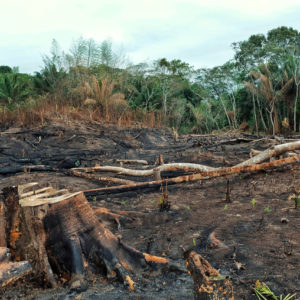
Directly address major threats that endanger biodiversity and people’s well-being, including illegal gold mining and logging, unsustainable road development projects, and climate change impacts, such as fires, flooding and species extinction.
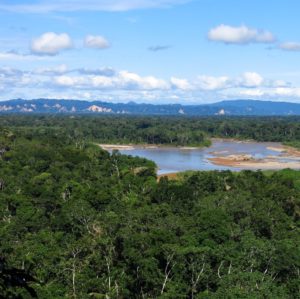
Support governments and communities to establish new protected areas and indigenous reserves, including areas dedicated to sustainable resource use.
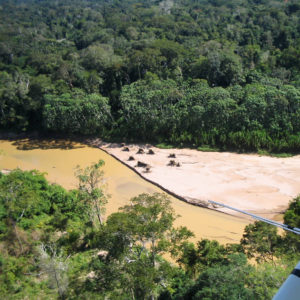
Work to protect the territorial rights of uncontacted indigenous groups and the wild lands on which they depend for their survival.
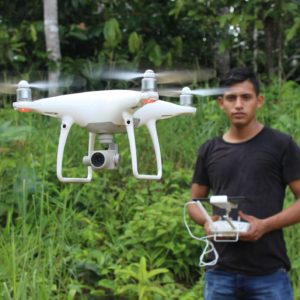
Innovate the management of conservation areas by providing the science and technology needed to make better decisions, detect deforestation, and monitor the health of forests.
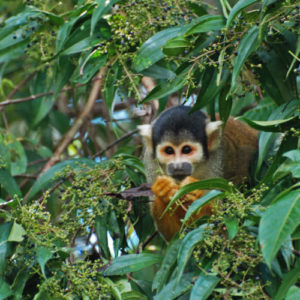
Ensure connectivity among key protected areas to keep vast forests intact and enable wildlife to have the space they need to thrive.
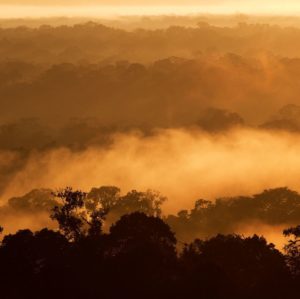
Build the resilience and adaptation capacity needed in still-intact ecosystems to reinforce their conservation in the face of climate change.
In 2000, we created the world’s first conservation concession — Los Amigos — which protects more than 360,500 acres of Amazonian forests in Peru. Strategically located on the borders of the Madre de Dios River, a region severely affected by illegal gold mining and logging, Los Amigos provides a crucial buffer for key uncontacted indigenous territories and one of the largest and most biodiverse national parks in the world, Manu. This innovative conservation model establishes a public-private partnership for managing public lands for the purpose of conservation. This unique way of partnering with governments to safeguard forests continues to be replicated across the Amazon and around the world today!
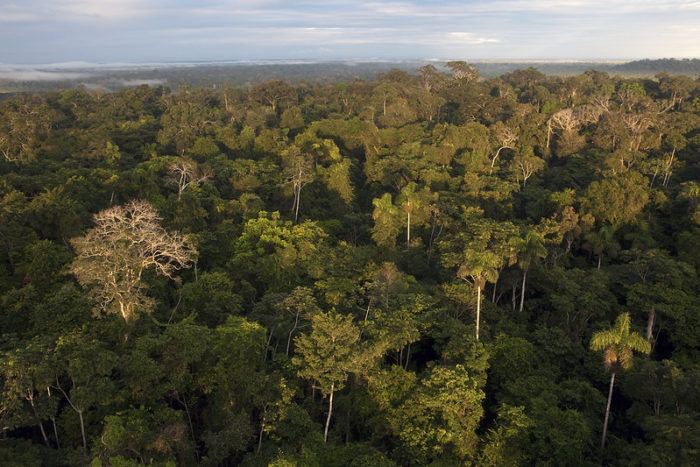
Just in 2019, we supported the local government in Bolivia to establish the Municipal Conservation Area of Bajo Madidi, which spans across 3.7 million acres (1.5 M ha) of pristine savannas, wetlands, and rainforests. Bajo Madidi now protects an area three times the size of the Grand Canyon! This area of major biological significance holds some of the most ecologically-intact savannas in the world and is home to vulnerable species like the maned wolf (Chrysocyon brachyurus), Orinoco goose (Neochen jubata), and the marsh deer (Blastocerus dichotomus). By providing the technical expertise needed for the establishment of this protected area, we helped the government and local communities gather information on the conservation needs of this landscape, develop a plan to protect this land, support the legal process for establishing a new protected area, and now aiding in the sustainable use and management of Bajo Madidi.
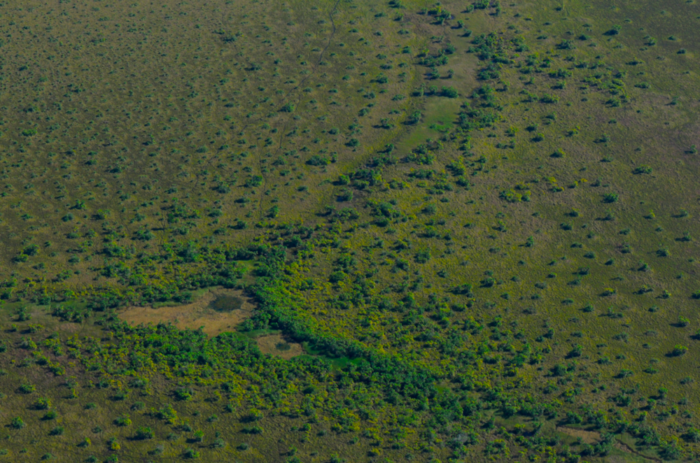
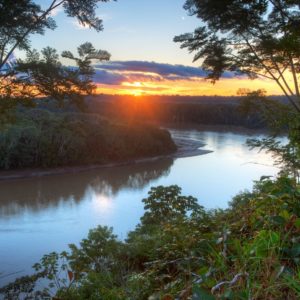
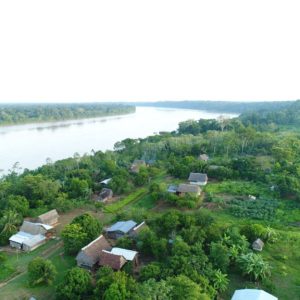
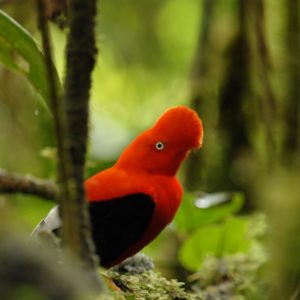
As part of a significant step in advancing the sustainable management of regional conservation areas in Peru, our sister organization in Peru Conservación Amazónica–ACCA donated 290,000 Peruvian Soles (about $77,100) to the Cuzco Regional Government in support of a project aiming to create a regional system of protected areas in the country’s Andes-Amazon region. This […]
From Nashville to the Amazon: Linking Business, Sustainability, and Ecosystems Business supporters are one of Amazon Conservation’s favorite avenues to raise awareness and support for our work because of their unhindered desire to give back to the planet. Whether directly donating to our work, promoting awareness of the Amazon’s importance to their clients, running campaigns […]
In the first two installments of a new series monitoring soy deforestation in Bolivia, we provide more accurate estimates of total soy production-based deforestation and some of the major actors driving this significant source of deforestation. It is generally well known that the production of commodities such as soy, oil palm, and cattle are major […]